Retro Replay Review
Gameplay
Cadenza Bog challenges players to craft words from a 4×4 grid of lettered cubes, each selected at random based on their frequency in the built-in dictionary. The core mechanic revolves around chaining adjacent cubes—horizontally, vertically, or diagonally—to form valid English words. Because no cube may be reused in a single word, each choice forces you to balance immediate scoring opportunities with long-term board control.
One of the most compelling aspects is the tug-of-war between human creativity and the computer’s limited vocabulary. After you’ve exhausted your ideas, simply press “Quit” to see how many words the AI can uncover. While the computer is capped at finding six-letter words, you can push your own limits up to eight letters, turning every round into a head-to-head contest of vocabulary and spatial reasoning.
Replayability is built into the frequency-weighted letter distribution and the option to swap the default 2,400-entry dictionary for a larger word list. This ensures that no two games feel identical, and power-users can continually challenge themselves as they import specialized or expanded dictionaries. The thoughtfully designed user interface—though implemented in OSS Personal Pascal 2.0—remains snappy and intuitive, even in high-resolution mode.
Graphics
Visually, Cadenza Bog embraces a clean, minimalist style that prioritizes clarity over flashy effects. The medium and high-resolution modes offer crisp, easy-to-read letters on each cube, making it a breeze to spot promising letter combinations at a glance. Subtle shading on the cubes lends a three-dimensional feel without cluttering the play area.
The color palette is deliberately subdued—soft neutrals accented by a single highlight color to mark selected cubes. This restrained approach keeps your focus squarely on word-finding rather than distracting animations. In high-resolution mode, anti-aliased fonts and smooth transitions give the game a refreshingly polished look for a title of its vintage.
Menus and dialog boxes follow the same straightforward aesthetic, with large, clearly labeled buttons and consistent typography. Whether you’re a casual puzzler or a veteran wordsmith, the interface scales well on modern displays, ensuring that every letter remains legible and every command is only a click away.
Story
While Cadenza Bog does not feature a traditional narrative, it weaves a subtle thematic thread around exploration and linguistic discovery. The very notion of a “bog” conjures images of crackling undergrowth and hidden treasures—mirroring the game’s core challenge of digging through lettered cubes to unearth rare, high-value words.
This thematic framing encourages players to approach each session as an expedition, with the dictionary serving as an ever-expanding map of possibilities. Swapping in custom word lists can feel like charting new territory, whether you’re exploring technical jargon, regional dialects, or thematic vocabularies like botany or mythology.
In lieu of character-driven storytelling, Cadenza Bog uses escalating board layouts and dictionary sizes to propel a sense of progression. As you master the adjacency rules and refine your anagramming techniques, each new session becomes an opportunity for personal achievement—rewarding curiosity and linguistic cleverness above all else.
Overall Experience
Cadenza Bog delivers a satisfying blend of strategic depth and cerebral challenge that word-game aficionados will appreciate. The dynamic letter distribution and adjacency constraints ensure that each round demands fresh pattern-recognition skills, while the head-to-head showdown against the AI—albeit with its six-letter ceiling—adds an extra layer of competitive urgency.
The ability to swap dictionaries elevates the longevity of the title, making it easy to tailor difficulty and vocabulary scope. Whether you’re a casual player seeking a relaxing mental warm-up or a dedicated puzzle-solver hunting for eight-letter gems, Cadenza Bog scales gracefully to meet your ambition.
Though its visual presentation favors functionality over flair, the sleek interface and crisp typography keep the focus on what matters most: the words. Between the smooth performance in high-resolution mode and the thoughtful design rooted in OSS Personal Pascal, Cadenza Bog stands out as a timeless word-game experience that continues to reward exploration and creativity.
 Retro Replay Retro Replay gaming reviews, news, emulation, geek stuff and more!
Retro Replay Retro Replay gaming reviews, news, emulation, geek stuff and more!
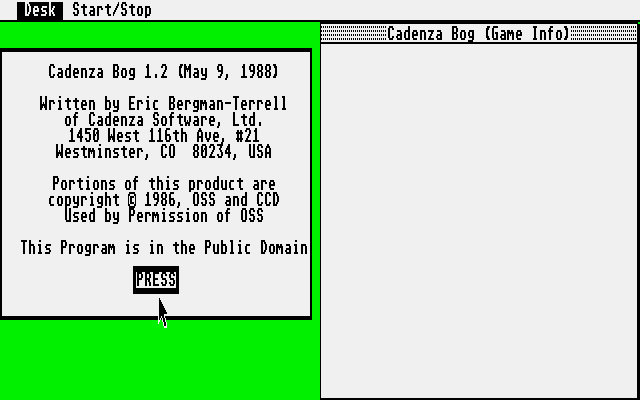
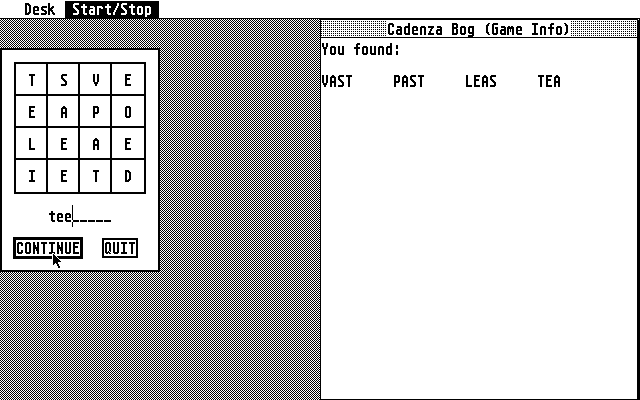
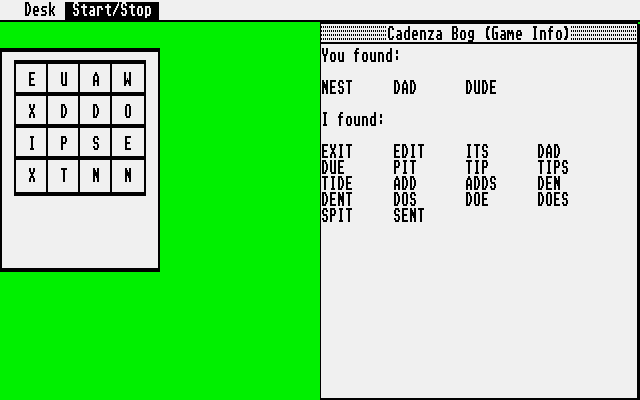
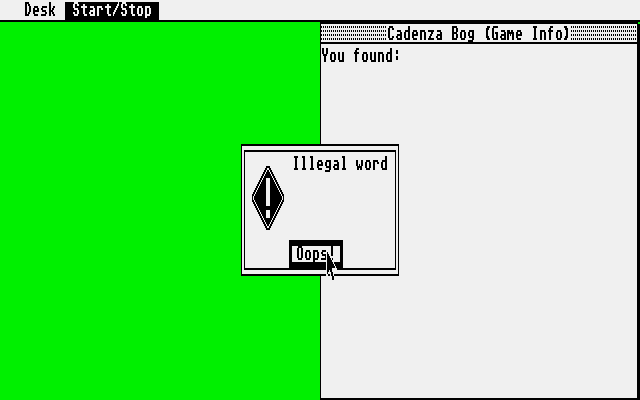
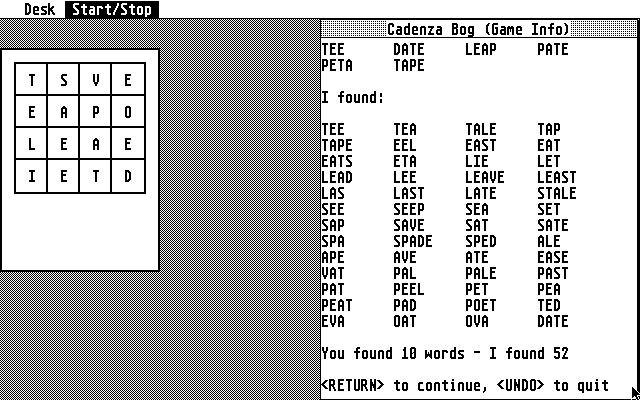
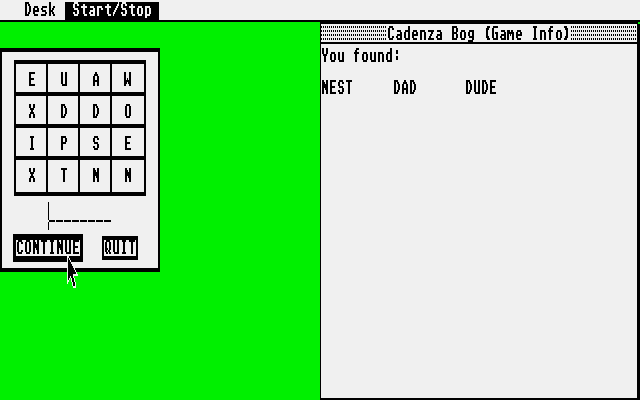
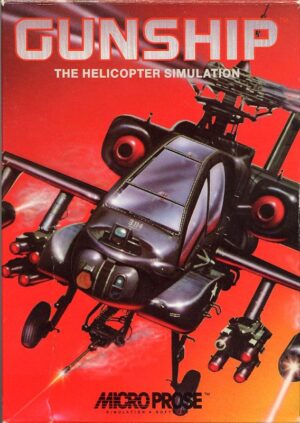


Reviews
There are no reviews yet.